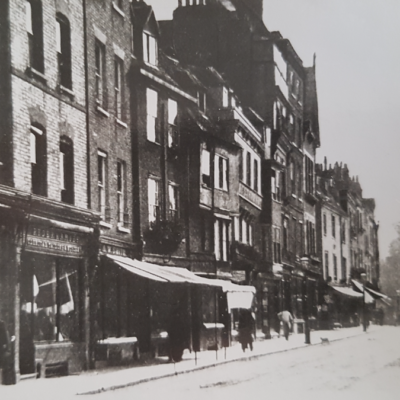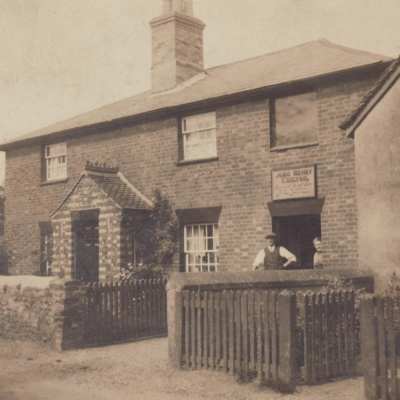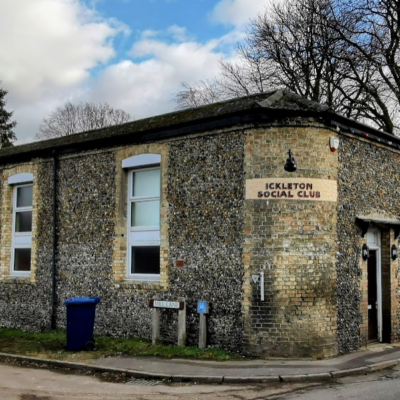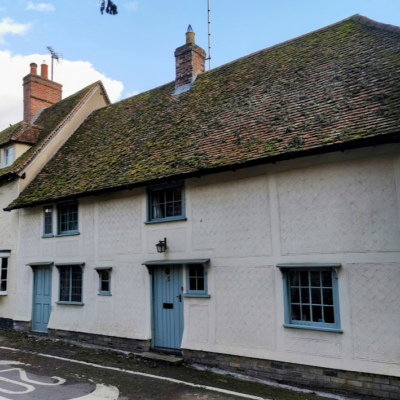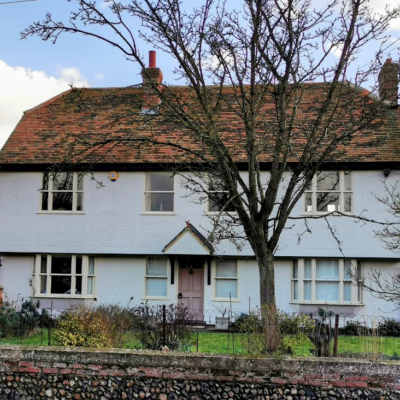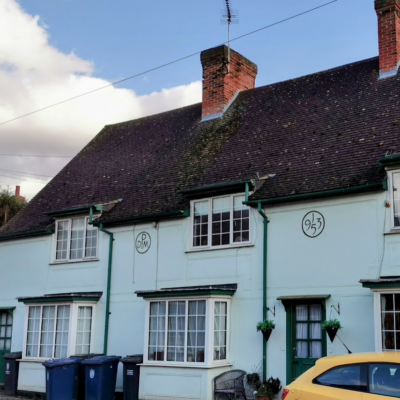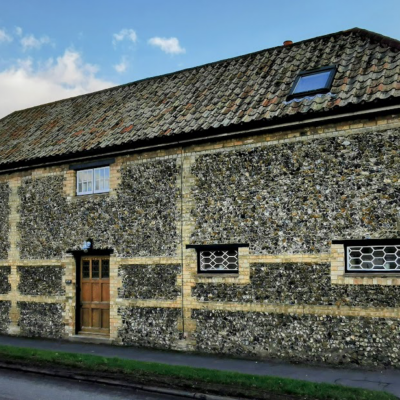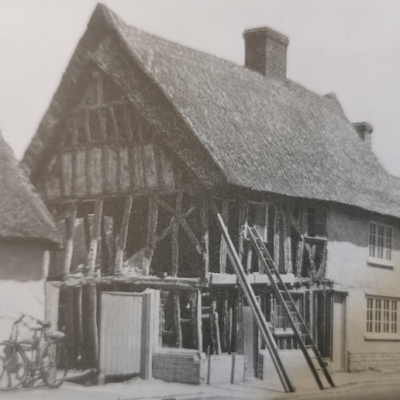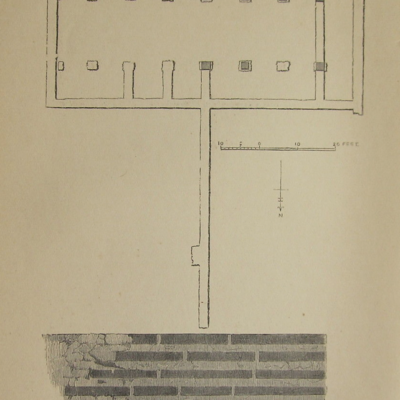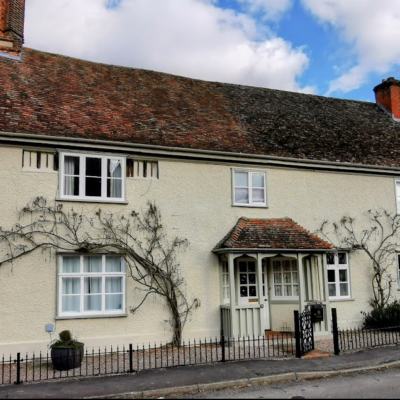Search by topic
- archaeology
- architecture
- bricklayer
- Building of Local Interest
- carpenter
- church
- crime
- dressmaker
- fire
- Great Eastern Railway
- listed building
- medieval
- oral history
- Public House
- Rattee & Kett
- Religious House
- Roman
- scholar
- school
- Then and Now
- tudor
- women
- work
- world war one
- world war two
Search by text
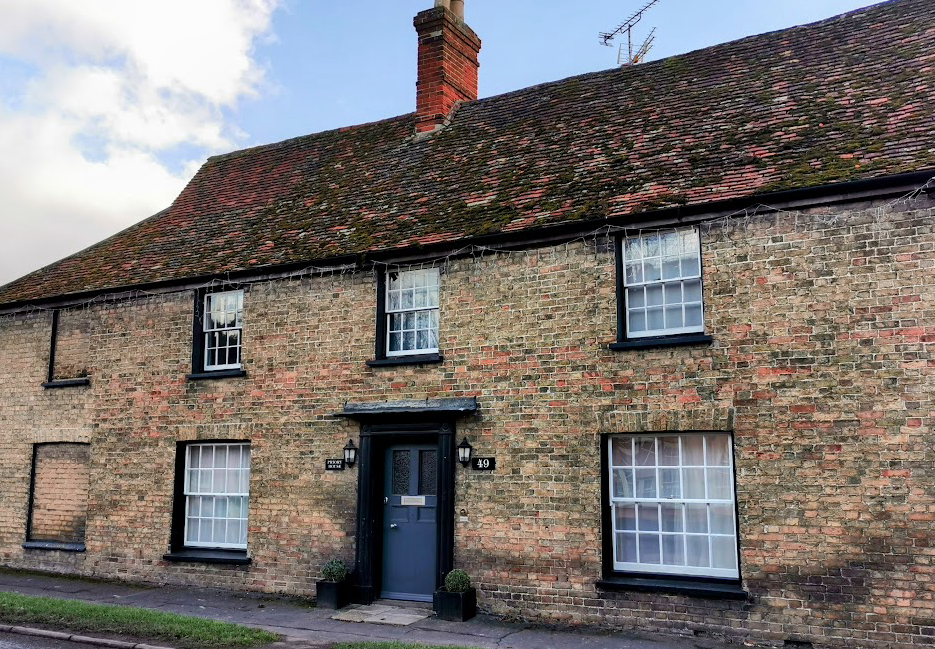 49 Abbey Street, Ickleton (©RGL2023)
49 Abbey Street, Ickleton (©RGL2023)Priory Farmhouse, 49 Abbey Street, Ickleton
History of Priory Farmhouse
Listed Building:
Early C16 with late C16 brew house to south-east partly incorporated into the original range with mid to late C17 double pile range to street and C19 extensions and alterations. Timber-framed and plastered, gault brick and painted brick. Red plain tiled and slated roofs. Two storeys.
Candle flame inscription dated 1722 in rear attic. Timber marks in brewery, IS x 69 x 19. The farmhouse is said to be on the site of Ickleton Priory.
According to ‘Memorials of Ickleton,’ 1945, founder was Aubrey de Vere or his father-in-law Sir William Cantelupe towards the end of the reign of King Stephen. A coin of this monarch has been found on the site.
The Prioress held the manorial rights of Ickleton and claim a fair there by a charter of King Stephen. Priory held weekly market and had an annual fair on 22nd July, the feast of St Mary Magdalene. This annual fair continued until 1875.
The Priory was neither large not wealthy and ‘the poor nuns of Icklington’ were exempt from taxation. In 1266 the nunnery was attacked by landowners and tenants who had been dispossessed of their holdings, and in 1381, during the peasants’ revolt. James Hog ‘forced his way into the house and burnt its monuments.’
All remains of monastic buildings had disappeared by 1742 when Rev Cole visited the site. The present house dates from 1692. A small part of an interior wall and the remains of an old archway are thought to date from the C13th. Originally there were said to be two fish ponds. Recently a number of stone coffins have been excavated.
There is a candle flame inscription dated 1722 in the rear attic.
See also ‘Welcome to Icklington’ brochure available from church.
Contribute
Do you have any information about the people or places in this article? If so, then please let us know using the Contact page or by emailing capturingcambridge@
License
This work is licensed under CC BY-NC-SA 4.0








